Fifteen: Symphonic Fantasy on the Art of Andy Warhol
- LudWig (Portrait of Ludwig van Beethoven; 1987)
- Liz’s Lament (Portrait of Elizabeth Taylor; 1964)
- Big Electric Chair (1967)
- The Last Supper (after Leonardo da Vinci’s “The Last Supper”; 1986)
- Passacaglia in Primary Colors
World Premiere: Commissioned and premiered by the Pittsburgh Symphony Orchestra, Manfred Honeck, Music Director, in celebration of the orchestra’s 125th anniversary; February 11-13, 2022. The concert will be livestreamed here.
PREMIERE PERFORMANCES – February 11-13, 2022
Pittsburgh Symphony Orchestra
Manfred Honeck, conductor
Heinz Hall
Pittsburgh, PA
Watch the video to see the full score and hear to hear a digital music rendering of Fifteen: Symphonic Fantasy Inspired by the Art of Andy Warhol for orchestra.
It is recommended that you set the video settings (see the pinwheel icon) in YouTube to HD (1080p) so that you can clearly see the music.

ANDY WARHOL (1968):
“In the future, everyone will be world-famous for 15 minutes.”
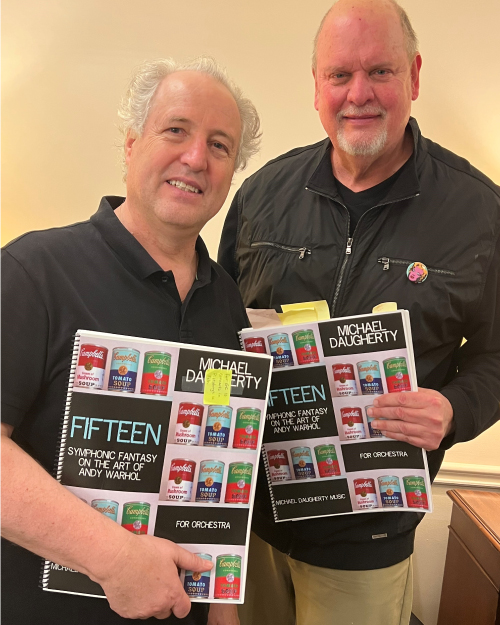
Conductor Manfred Honeck and Michael Daugherty at rehearsals with the Pittsburgh Symphony Orchestra, February 9, 2022
Program Note:
Fifteen: Symphonic Fantasy on the Art of Andy Warhol (2021) for orchestra was commissioned and premiered by the Pittsburgh Symphony Orchestra, Manfred Honeck, Music Director, in celebration of the orchestra’s 125th anniversary. My symphony is inspired by the art of Andy Warhol, famous for being the world’s most recognizable proponent of Pop Art, and for his wry quotation: “In the future, everyone will be world-famous for 15 minutes.”
Warhol (1928-1987) was born into a Slovenian immigrant family of six, raised in Pittsburgh and graduated from Carnegie Mellon University, before moving to New York City in 1949 to pursue a career as an artist. Through his portraits of icons, celebrities and commercial objects, Warhol developed a provocative hybrid of realism and abstraction expressed through bright colors and repetition. In 1994, the Andy Warhol Museum opened in Pittsburgh with the most complete collection of Warhol’s artwork and artifacts.
In Fifteen: Symphonic Fantasy on the Art of Andy Warhol, I transpose Warhol’s art into my own musical “pictures at an exhibition,” divided into five movements:
- LudWig (Portrait of Ludwig van Beethoven; 1987)
Warhol transformed Beethoven into “a modern rock star” by creating a portfolio of four colorful screenprints in his signature pop art style. Inspired by these portraits, I recompose echoes of Beethoven’s orchestral music into a multi-colored groove machine. It is also no coincidence that both Beethoven and Warhol wore wigs.
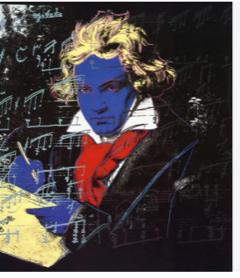
- Liz’s Lament (Portrait of Elizabeth Taylor; 1964)
Throughout his career Warhol created hundreds of celebrity portraits, including Hollywood actress Elizabeth Taylor: an ideal subject for Warhol as she possessed a similar combination of success, beauty, failed love affairs and tragedy. In this movement, I have created a solemn baroque musical tapestry featuring soulful English horn and trumpet solos, interlaced with elegiac harp and strings and punctuated by Egyptian finger cymbals, reminiscent of her famous film role as Cleopatra.
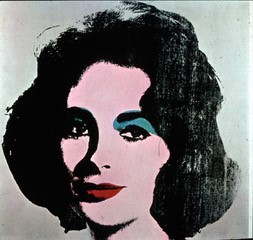
- Big Electric Chair (1967)
Warhol also turned to darker subjects for his artwork, such as the infamous electric chair in the death chamber of Sing Sing Prison. For this movement I have composed pulsating, high voltage music for brass and percussion.
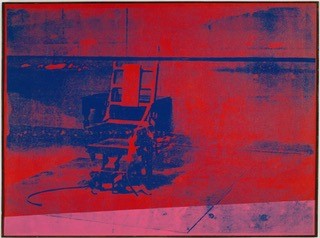
- The Last Supper (after Leonardo da Vinci’s “The Last Supper”; 1986)
Although Warhol was a devout follower of the Byzantine church and attended mass daily, he kept his Catholic faith a secret. In the last years of his life, he created multiple versions of Leonardo da Vinci’s “The Last Supper” for a special exhibition in Milan. My fourth movement is a reflection on Warhol’s reiterations of “The Last Supper,” using muted strings, harp, celeste and glockenspiel to perform musical canons that support mournful solos heard in the French horn and oboe.
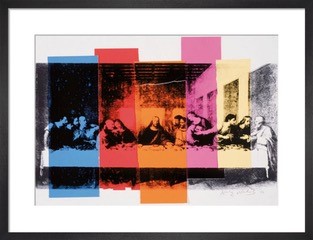
- Passacaglia in Primary Colors
Warhol often employed repetition of images and vibrant primary colors in his art works. The final movement of my symphonic fantasy is therefore structured as a passacaglia, one of the most recognizable structures for musical repetition. The main musical motive consists of 15 pulses or beats, repeated and transformed into unpredictable tonalities and blocks of instrumental color.
~Program Note by Michael Daugherty
